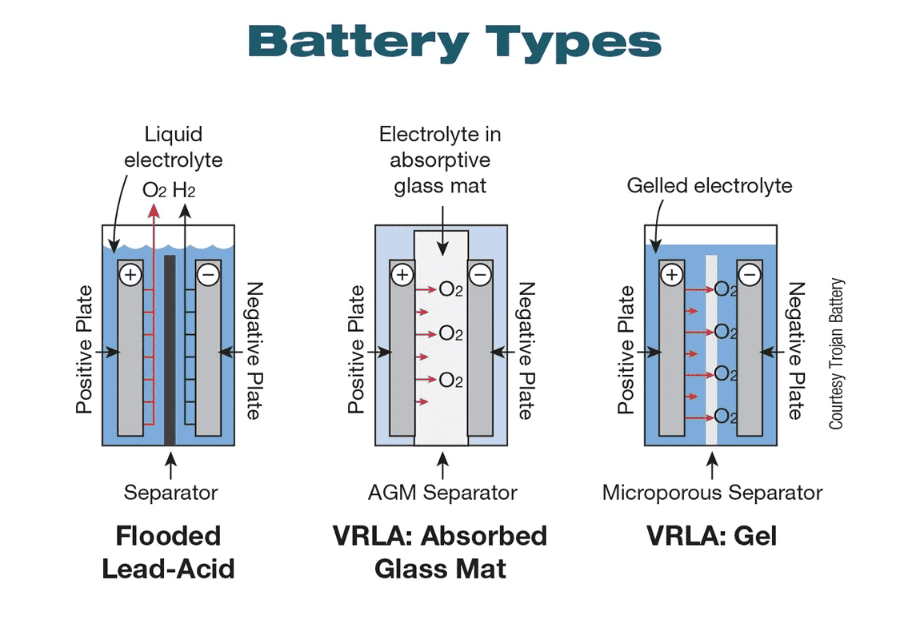Access to reliable electricity is a basic necessity for rural areas around the world. However, many rural areas face challenges in providing and maintaining a reliable power supply due to limited infrastructure and resources. This paper investigates the applicability of lead-acid batteries as a rural energy storage option and assesses their feasibility and advantages in addressing rural energy needs.

Challenges:
Limited Grid Access: Remote rural regions frequently lack access to centralized power grids, making electricity availability inconsistent or nonexistent.
Intermittent Power Supply: Even when connected to the grid, rural areas may experience frequent power outages and voltage fluctuations.
High Costs: Extending power grid infrastructure to rural areas can be prohibitively expensive, resulting in limited investment and delayed electrification.
Off-Grid Living: Many rural residents live off-grid, relying on alternative power sources like generators, which can be expensive and environmentally unfriendly.
Applicability of lead-acid batteries
Affordability: Lead-acid batteries are cost-effective compared to many other battery technologies. This cost-efficiency is especially relevant in rural areas with limited financial resources.
Proven Reliability: Lead-acid batteries have a long history of reliable service in various applications. Their durability and robustness make them well-suited for harsh rural environments.
Energy Storage: Lead-acid batteries can store substantial amounts of energy, making them suitable for storing power generated from intermittent sources like solar panels or wind turbines.
Easy Maintenance: Maintenance tasks for lead-acid batteries, such as checking electrolyte levels and cleaning terminals, are relatively straightforward and can be performed by local technicians or residents.
Sustainability: Lead-acid batteries have strong recycling programs, which align with rural areas’ sustainability goals. Nearly all components in lead-acid batteries are recyclable.
Evaluation factors related to energy choice in rural areas.
Energy Needs Assessment: Determine the energy requirements of the rural area, considering residential, agricultural, and small-scale industrial needs. Assess if lead-acid batteries can meet these requirements efficiently.
Renewable Energy Integration: Explore the feasibility of integrating renewable energy sources like solar panels or wind turbines with lead-acid batteries to create a reliable off-grid or hybrid energy system.
Cost-Benefit Analysis: Conduct a comprehensive cost-benefit analysis, comparing the investment in lead-acid batteries and associated infrastructure with the long-term savings from reduced reliance on diesel generators or other costly alternatives.
Environmental Impact: Evaluate the environmental impact of lead-acid batteries and consider mitigation measures, such as proper recycling and disposal, to minimize their footprint.
Maintenance and Local Capacity: Assess the availability of skilled technicians or training programs for battery maintenance. Ensure that the local community can manage maintenance tasks effectively.
Regulatory and Policy Considerations: Examine local regulations and government policies that may impact the deployment and operation of lead-acid battery-based energy storage systems.
Conclusion
Lead-acid batteries offer a promising solution to address rural energy issues. Affordability, reliability, energy storage capacity, and sustainability suit the needs and constraints of rural areas. However, before deploying lead-acid battery-based energy storage solutions in rural areas, a thorough feasibility study that considers energy demand, renewable energy integration, cost-effectiveness, environmental impact, and local capacity is required. It’s essential. By carefully evaluating these factors, rural communities can make informed decisions to enhance access to reliable and sustainable electricity.

